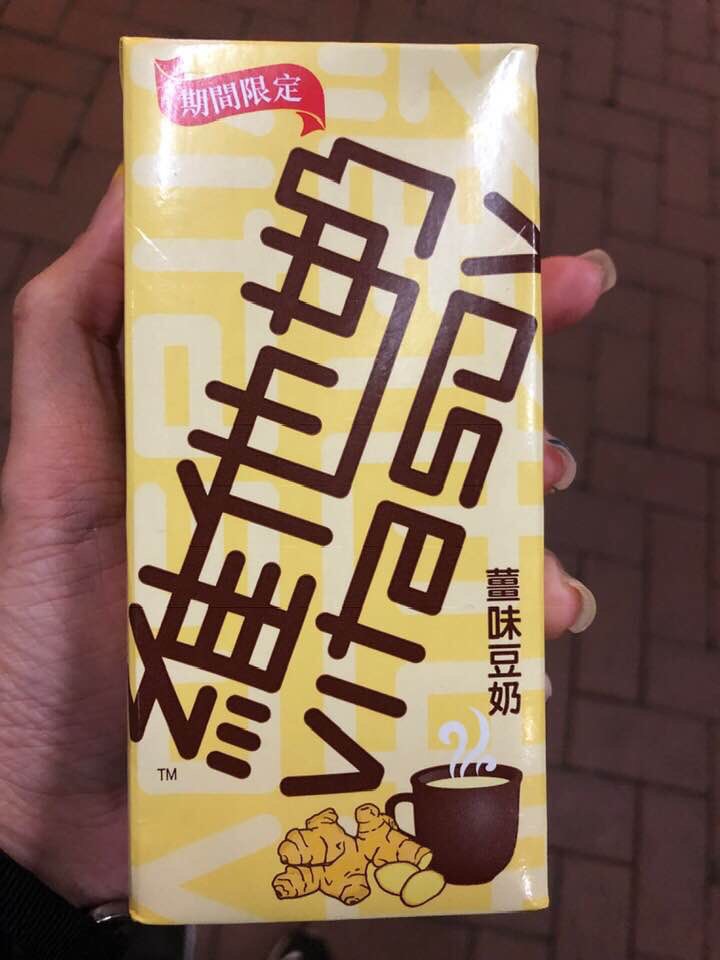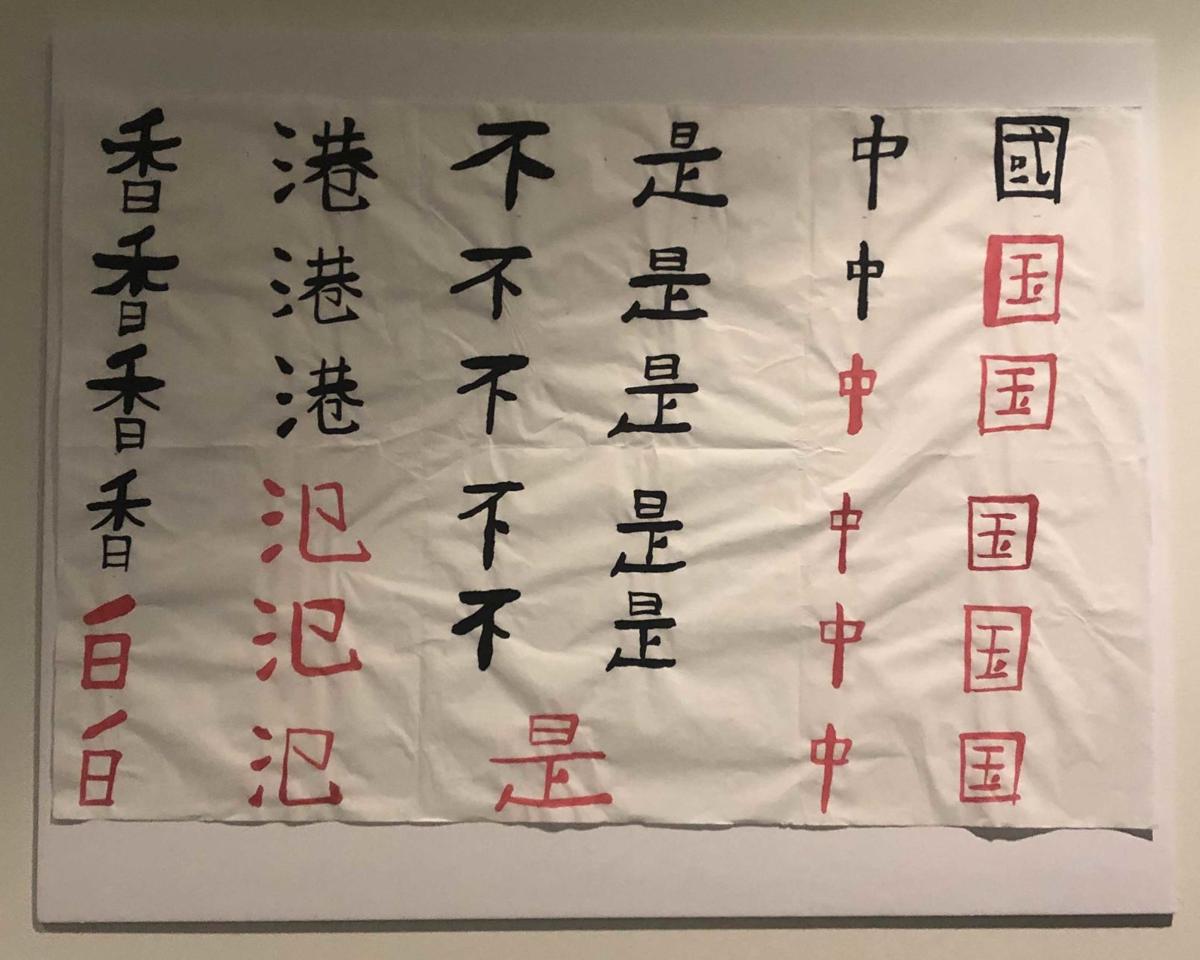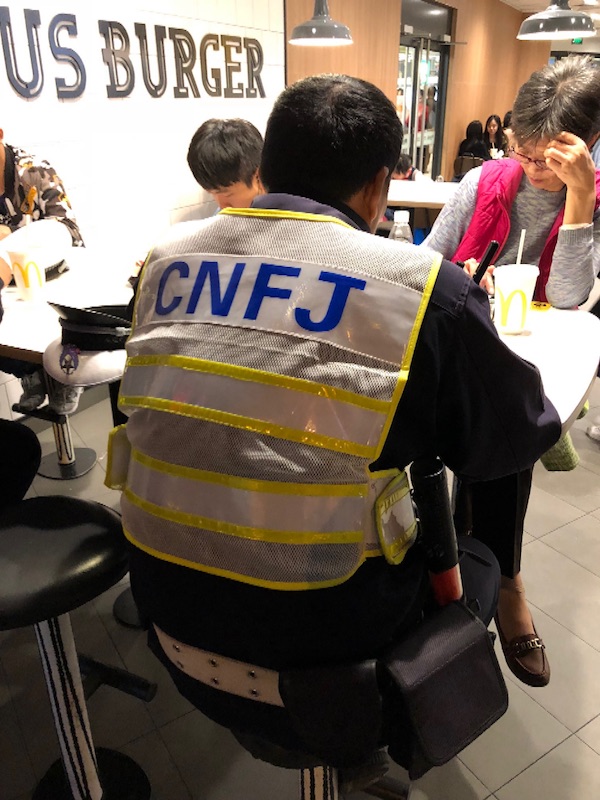Archive for Writing systems
Creeping Romanization in Chinese, part 4
Overheard
After a race, one Beijing marathon runner asks another:
pb le méiyǒu pb了沒有…? ("did you meet / match / make your personal best?")
méiyǒu 沒有 ("no")
wǒ de pb shì… 我的pb是… ("my personal best is…")
I don't even know if "pb" is used this way in English, but such usage of Romanization (abbreviations, words, phrases), which often amounts to Englishization, are widespread in China, particularly on social media.
Read the rest of this entry »
"Hong Kong is (not) China"
From the Los Angeles Loyolan, the student newspaper of Loyola Marymount University:
Read the rest of this entry »
A new Sinograph
On being ugly and poor, with an added note on consumerism.
Every so often, for one reason or another, somebody creates a completely new Chinese character. Here's the latest:
Read the rest of this entry »
The wrong way to write Chinese characters
This is one of the best, general, brief introductions to the challenges of the Chinese writing system I know of:
Read the rest of this entry »
Xina
Lately, since Xi Jinping made himself President for Life of the People's Republic of China, wags and wits have taken to calling the country over which he rules "Xina".
It turns out that this is the Catalan word for "China". Curious to know how Xina is pronounced in Catalan, I looked it up on Wiktionary:
- Balearic, Central /ˈʃi.nə/
- Valencian /ˈt͡ʃi.na/
Read the rest of this entry »
Creeping Romanization in Chinese, part 3
A highly educated Chinese colleague sent me the following note:
More Chinese phrases with Latin alphabet, such as C位, diss, etc. have become quite popular. Even one of my friends who is so intoxicated by the beauty of the Chinese classic language used "diss" in her WeChat post. She could have used any of the Chinese words such as wǔrǔ 侮辱 or dǐhuǐ 诋毁 to express her idea, but she chose "diss" instead. It was quite a surprise. I feel reluctant to use this kind of word, especially in writing.
Read the rest of this entry »
Of knots, pimples, and Sinitic reconstructions
A couple of months ago, we talked about gēda 疙瘩, which is one of those very cool, two syllable Sinitic words, neither of whose syllables means anything by itself (i.e., not only is it a disyllabic lexeme, it is also a disyllabic morpheme). Furthermore, gēda 疙瘩 is highly polysemous, with the following meanings: "pimple; knot; swelling on the skin; lump; nodule; blotch; a knot in one's body or heart (–> hangup; problem; preoccupation)".
See "Too hard to translate soup" (9/2/18).
Read the rest of this entry »
Writing characters and writing letters
A few days ago, I wrote the following titles on the blackboard in my "Poetry and Prose" class:
Dà Táng Sānzàng qǔjīng shīhuà 大唐三藏取經詩話 (Poetic Tale of Tripitaka of the Great Tang Fetching Scriptures)
Yóuxiān kū 遊仙窟 (The Grotto of Playful Transcendants)
Guānshìyīn yìngyàn jì 觀世音應驗記 (Records of the Verifications of Responses by Avalokiteśvara)
As I was rapidly writing the strokes of the characters — click click click tick tick tack tack click clack tick tack — I suddenly became aware of how different the writing sounded from when I write something in Roman letters. Not only did writing characters sound very different from the way writing letters sounds, the two types of script have a very different kinetic feel to them.
Read the rest of this entry »
Love those letters
Here we go again. More Roman letters and English words on police and security guard uniforms in China (see below for some earlier posts). Here's a doozy:
Read the rest of this entry »
Diacriticless Vietnamese, part 2
This comment by Quyet on a recent post ("Dungan-English dictionary" [10/26/18]) is of such significance that I feel it merits separate, special recognition of its own:
The [Vietnamese] government often sends out mass text messages with announcements to every number in the country with no diacritics at all. Furthermore, teenagers have grown up to text toneless and abbreviated with no issues, and now it's common to see things like "Hn 2 vc mun dj choj oh cv thog nhat vs cac p dog nghiep hem?"
Read the rest of this entry »



